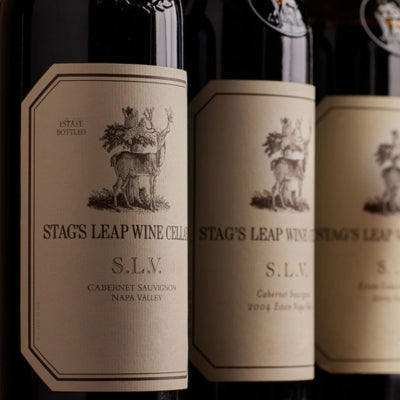
Do old vines make better wine?
In his second article on vine longevity, Westgarth Wines wine specialist Maurizio Broggi examines the complex connection between vine age and wine quality.
The connection between vine age and wine quality represents one of viticulture's most fascinating and complex relationships. While conventional wisdom often suggests that older vines invariably produce better wines, research and practical experience reveal a more nuanced reality.
The link between vine age and wine quality is neither straightforward nor universally agreed upon. While many believe that older vines yield superior wines, historical examples suggest that excellence can also emerge from younger vines. The 1976 Paris Tasting, where the 1973 Stag's Leap Wine Cellars S.L.V. Cabernet Sauvignon outperformed prestigious Bordeaux wines, demonstrated the potential of young vines, as did the remarkable 1961 Bordeaux vintage, produced largely from vines replanted after the devastating 1956 frost.
Industry experts remain divided on the true impact of vine age on wine quality. David Guimaraens of the prominent Port group Fladgate Partnership outlines distinct age phases, noting that vines under 12 years struggle to produce exceptional wines, those in their 'teenage' years (from 13 to 20 years old) show potential but lack consistency, while vines between 20 and 50 years — and older —combine high quality with reliable consistency. Conversely, highly respected Burgundian winemaker Laurent Ponsot argues that the 'old vine' designation is often more about marketing than merit. He asserts that on great terroir, vines as young as six to seven years can produce wines of equal or at least very similar quality to those from vines aged sixty years or more.
Vine age and terroir
The true determinant of wine quality appears to be the interaction between vine age and terroir. As well-known wine writer and lecturer Jamie Goode observes, a 15-year-old vineyard on an exceptional site will typically outperform a 50-year-old vineyard in a less ideal site. Old vines offer certain advantages: their extensive root systems provide better drought resistance and more consistent access to nutrients, while their natural vigor control often results in better-balanced fruit. However, these benefits only translate to superior wine quality when combined with appropriate site selection and careful vineyard management. Therefore, the relationship between old vines and wine quality is not solely a result of vine age; it also depends on a complex interplay of factors, including site selection, vineyard management, and environmental conditions.
Beyond their potential to produce wines of exceptional depth and complexity, old vines are celebrated for their unique growth patterns, resilience, and adaptability. With deep root systems that access water and nutrients more efficiently, they often thrive in challenging conditions, making them particularly valuable in the face of climate change. However, their care requires meticulous attention, as older vines are more susceptible to diseases and require skilled management to maintain their health and productivity.
Old vines need care
While old vines offer numerous advantages and are often linked to wines with superior character and distinction, their maintenance presents several challenges. Old vines are particularly vulnerable to trunk diseases, such as esca and eutypa. These deadly diseases have been exacerbated by modern pruning techniques that have overlooked the fragility of aged vines and the importance of sap flow.
Labor is another concern, as old vines require more attention and care. They demand meticulous hand-pruning and harvesting, which increases management costs. Coupled with their naturally lower yields, this further intensifies financial pressure on growers. However, this is often offset by the premium prices old-vine wines command, driven by their rarity and historical appeal.
Historical and cultural significance
While the debate over old vines’ superiority persists, their historical and cultural significance remains undisputed. These living relics serve as a bridge between past and present, offering insight into viticultural traditions and terroir expression. As the wine industry navigates challenges posed by climate change, economic pressures, and evolving consumer preferences, the preservation of old vines is not just a matter of heritage. It is a commitment to sustainability, quality, and the enduring legacy of wine itself.
Want to read more? Take a look at some of our other blogs:
Also in News



